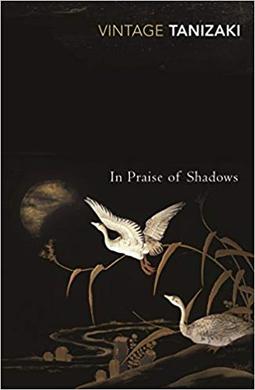The lantern, in Japan, is an object of ordinary life with an extraordinary function.
There are many of them, each one having a particular name, depending on whether it is made of bronze or stone, paper or silk, hanging or on the ground, floating on water or flying in the air. In fact, the lantern escorts and guides the Japanese in all moments of their daily life, taking on very precise functions but rarely perceptible to the Western eyes.
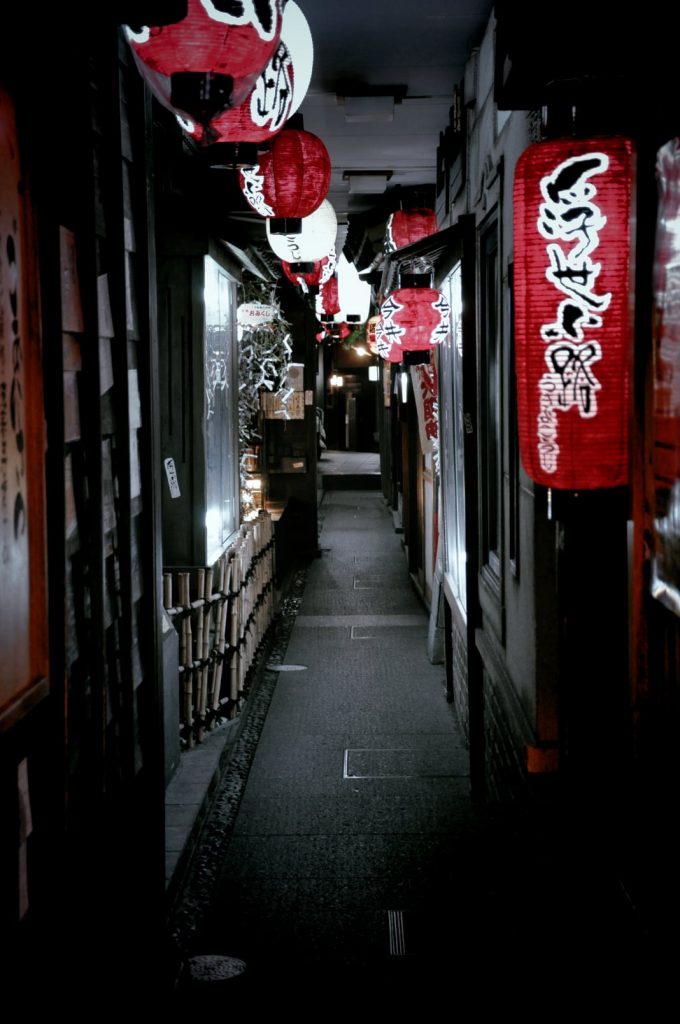
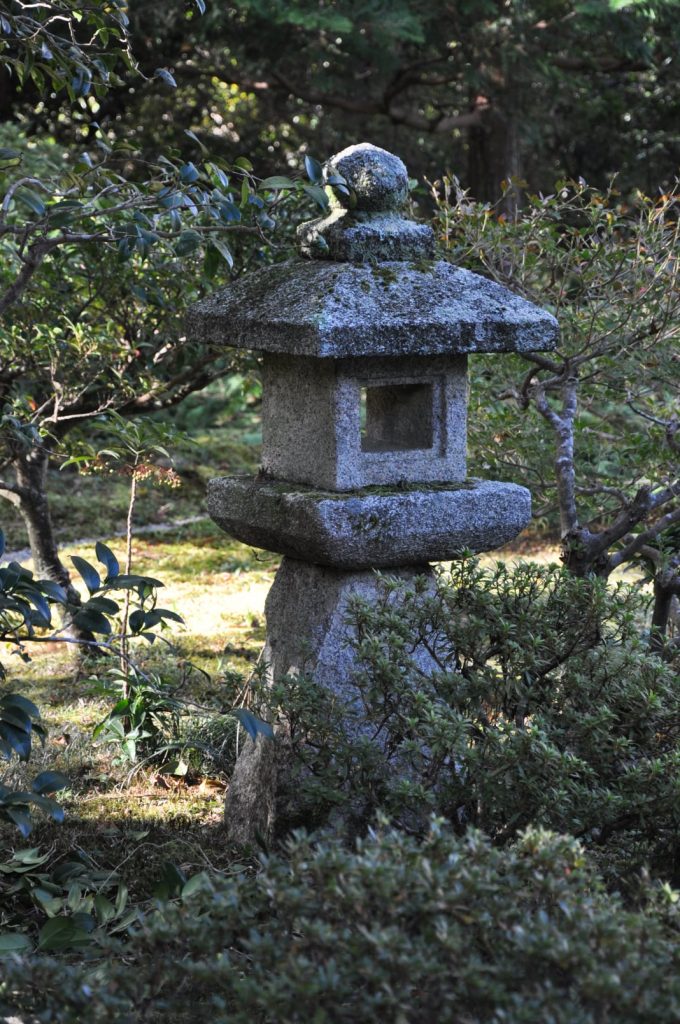
Brought from China via Korea, first in bronze, iron or stone, these first lanterns were installed in temples, under the name of “tōrō“.
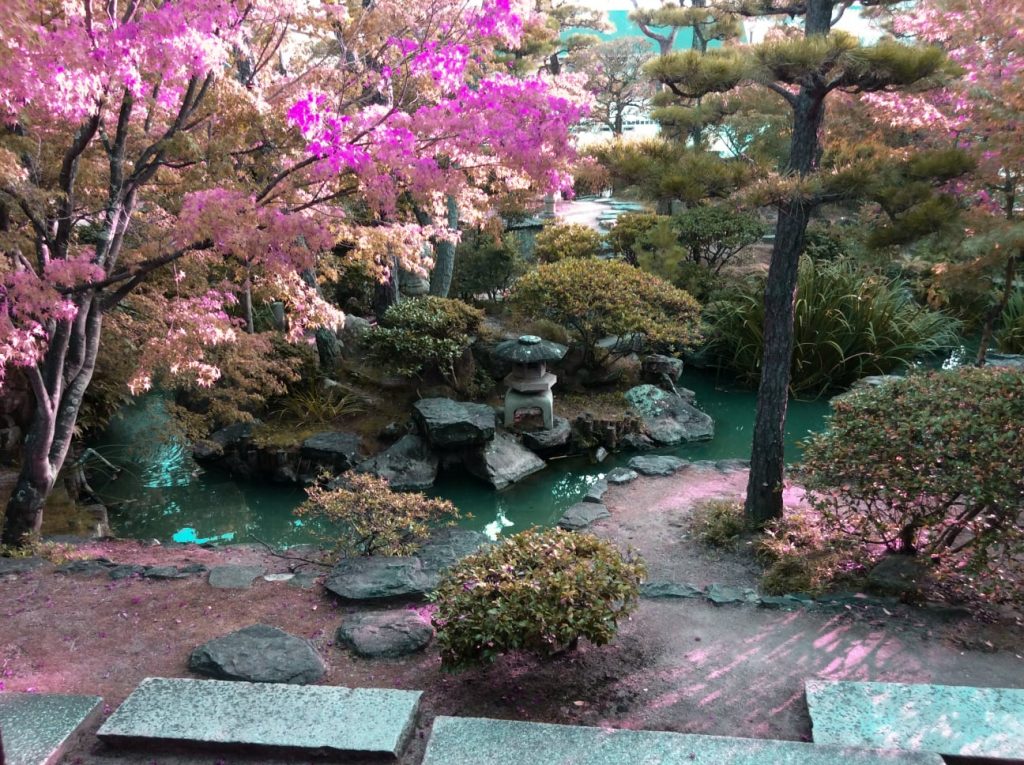
Later, still coming from China, were the rectangular, round or cylindrical bamboo frame style covered with paper or silk that appeared in Japan and spread throughout daily life. These last ones, closer to the lampions, suspended or placed on the ground are called Chōchin. They can be found everywhere, lined up in front of temples or at the entrance of restaurants, during festivals and notably in homage to deceased ancestors during the Urabon-kyō ceremony where they float by hundreds on lakes and rivers.
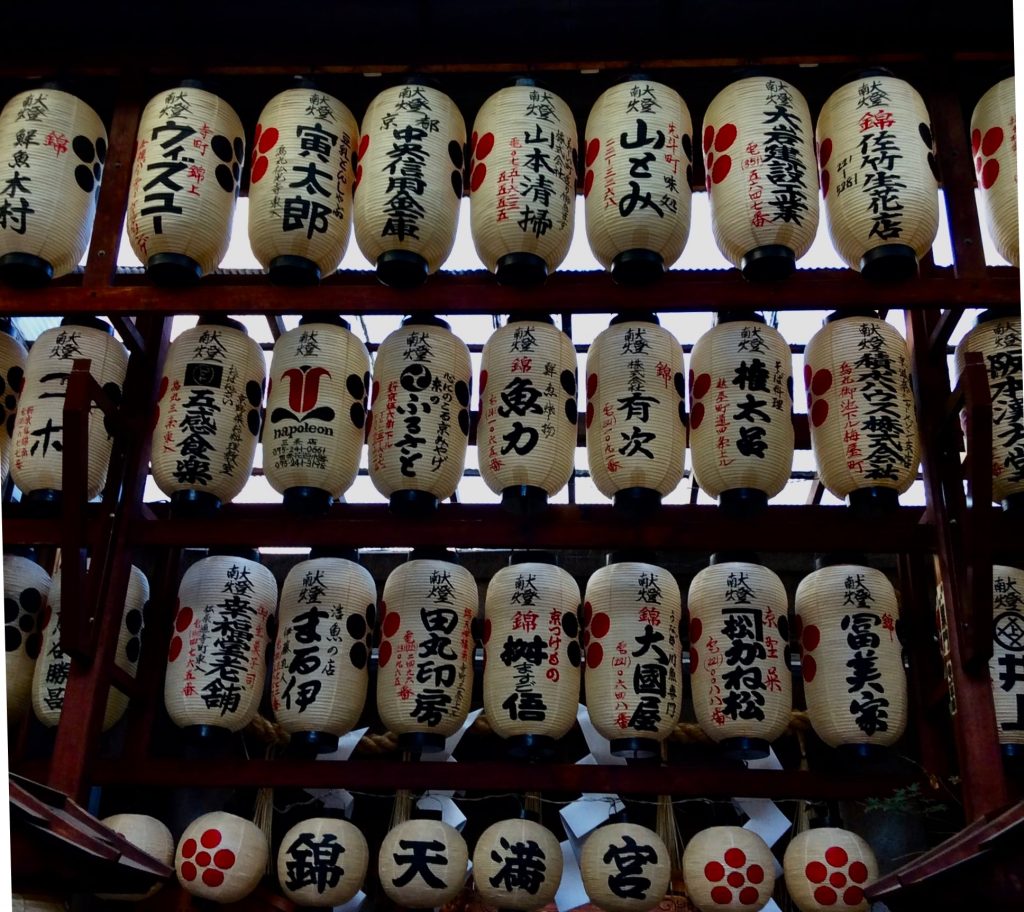
All of these lanterns have one wonderful thing in common: they do not light… or very little. That is when we become aware of the abyss that separates the perception of light in the Western world from that – much more subtle – of the Land of the Rising Sun.
How and when are they used?
The “tōrō” lantern, made of bronze or stone, was introduced in Japanese temples to pay homage to Buddha by offering him a source of light. In reality, it is more a metaphor of Light than of the incandescence itself, and this lantern is a little marvel of symbolism. It is used not only in temples but also around teahouses and in gardens, reminding people of their connection to the nature they belong to.
All tōrō lanterns have the same 5 tier design:
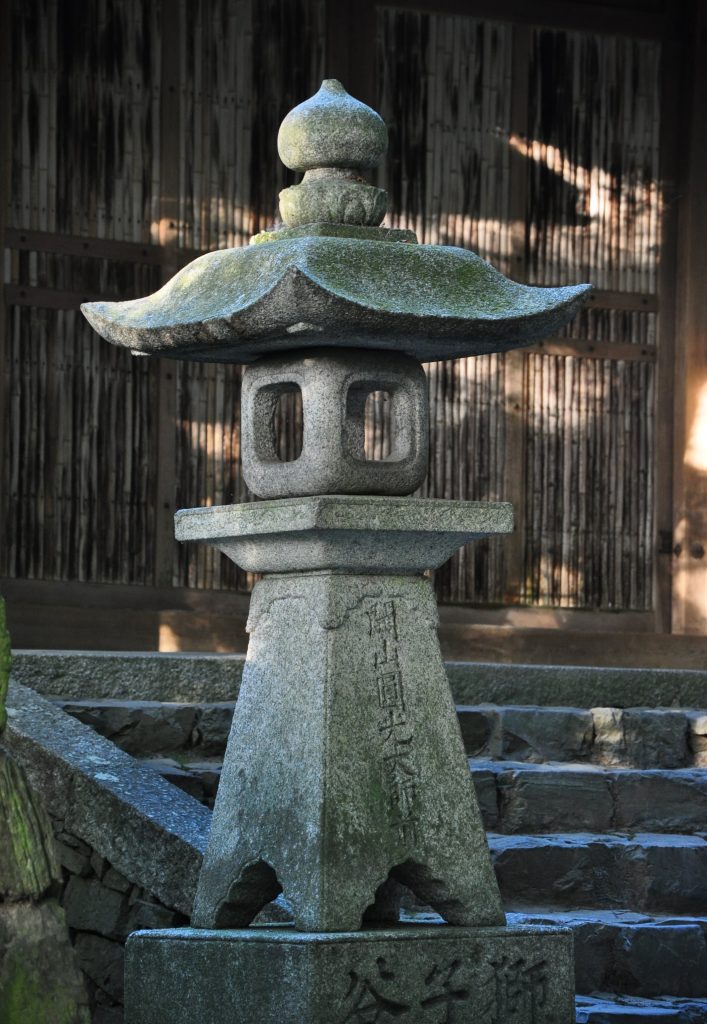
First a base on the ground which represents the earth ” chi “.
It is surmounted by a second part that symbolizes water “sui“,
then a third where there is the flame that evokes fire “ka“.
The fourth part is dedicated to the wind “fū”
and the final, most subtle stage, which takes us to infinite space, emptiness or spirit is “kū“.
And what is the function of the light?
It channels the energy “Qi” which is one of the foundations of life according to traditional Chinese medicine; subtle, essential, vibrant, the light energy present in this object symbolizes the energy that runs through man. These lanterns are small spiritual guides that delicately punctuate the landscape, full of mysticism and aestheticism, links between heaven and earth.
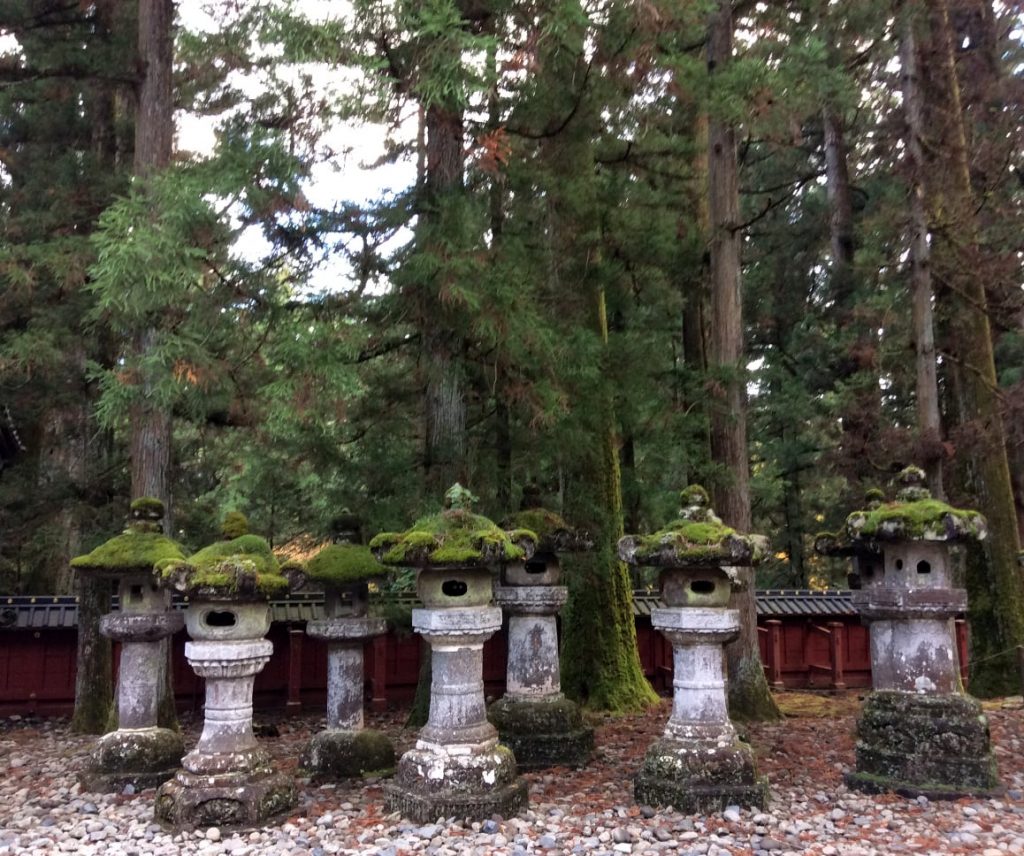
And what about the Chōchin, the paper or silk lanterns found everywhere at nightfall in the streets of cities? Certainly, the inscriptions painted on their bouncy walls are clues to the establishments they adorn, but it is obvious that it is still not the light that prevails, so subdued and restrained.
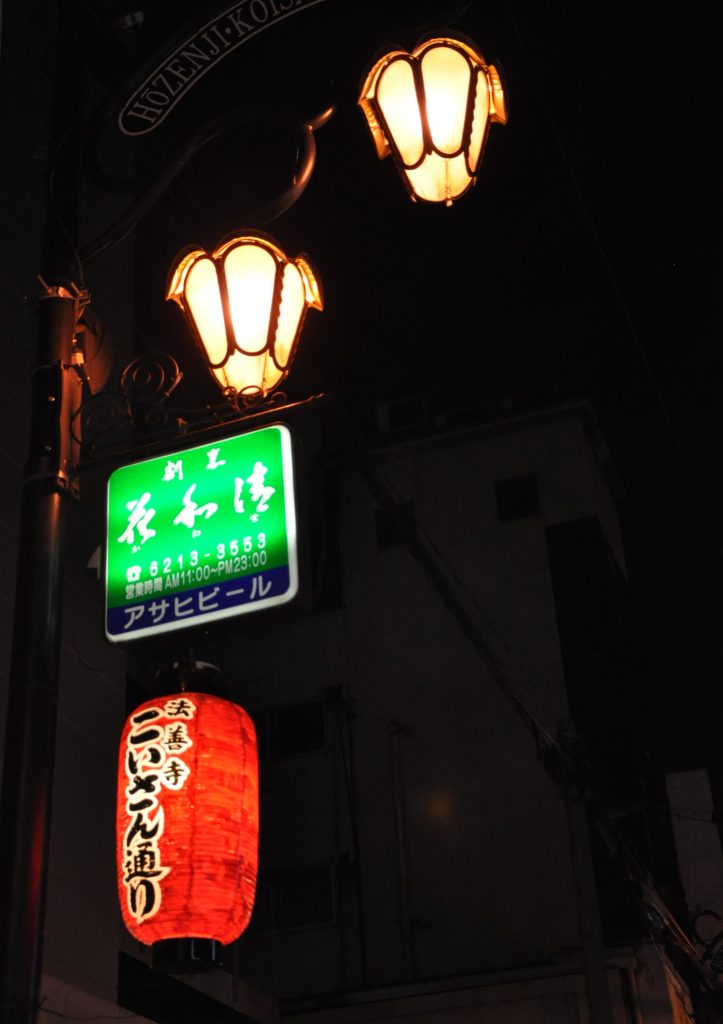
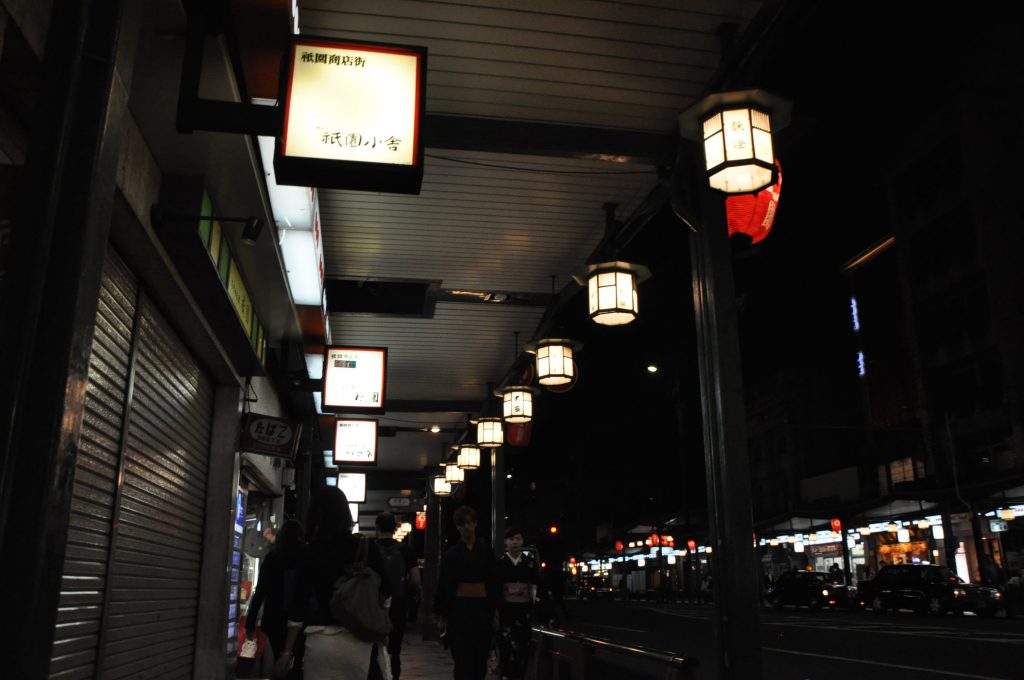
This is precisely what is fascinating about Japanese culture: all these light sources do not seek to illuminate but to enhance the darkness they reveal, thus creating a picture of chiaroscuro, magical as much as unreal.

The light source, filtered and delicate, is intended to pay tribute to the Shadow, this world made of uncertainties, possibilities and unknown. This shadow, so dear to the Japanese, is where the unspeakable and beauty are born.
“I believe that beauty is not a substance in itself, but nothing but a drawing of shadows, a play of chiaroscuro produced by the juxtaposition of various substances. Just as a phosphorescent stone which, when placed in the dark, emits radiation, loses all its fascination as a precious jewel when exposed to daylight, so beauty loses its existence if the effects of shadow are removed.”
Junichiro Tanizaki – In Praise of the Shadow
The country that worships the shadow the most is the one that has the greatest variety of lanterns to magnify these magnificent games of chiaroscuro. The shadow is an aesthetic richness, full of elegance and undertones, a source of doubts and inspiration, of enigma and revelations. Like a suspended gesture, the shadow calls towards other shores that our spirit can sublimate at leisure. The uncertain light of these lanterns need the darkness that it cannot pierce, because together they both reflect the poetry of life and death.
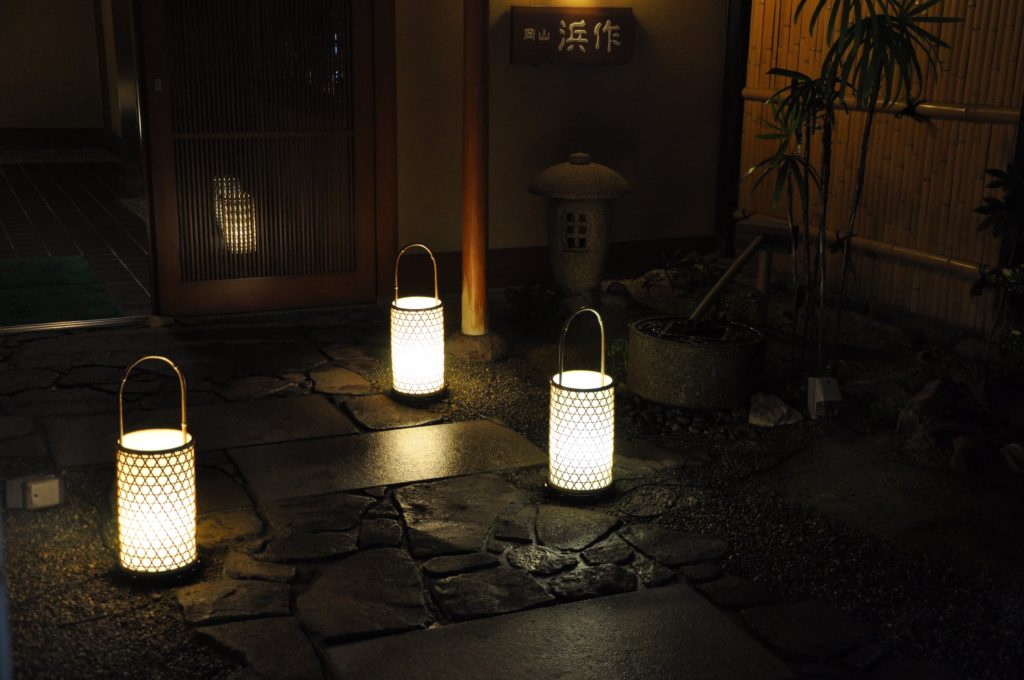
Like calligraphy, whose simple black line awakens the whiteness of the paper, the halo of these lanterns bring to life the shadow that offers so much richness. In the uncertainty of the half-tones, the forms become more suggestive, the contours more moving and the beauty more exquisite. All that we do not see, but guess, is then printed on the retina of our imagination that the Japanese lantern knows so well how to solicit.
And the darkness of the world no longer exists.
Text from Claudia Gillet-Meyer and photos from Régis Meyer.
MORE ABOUT :
https://en.wikipedia.org/wiki/In_Praise_of_Shadows
